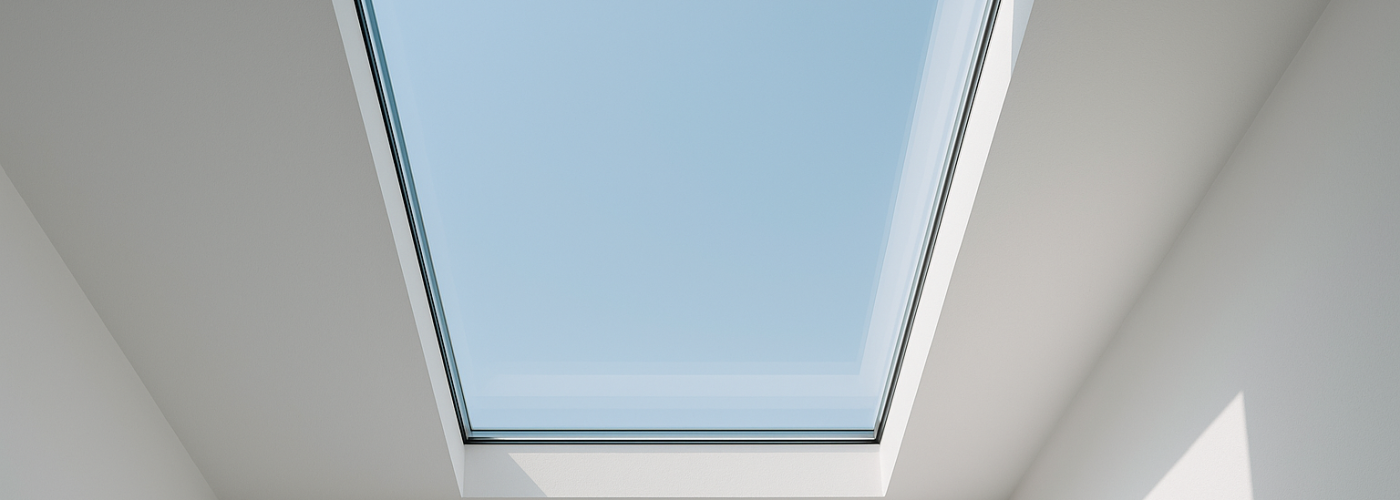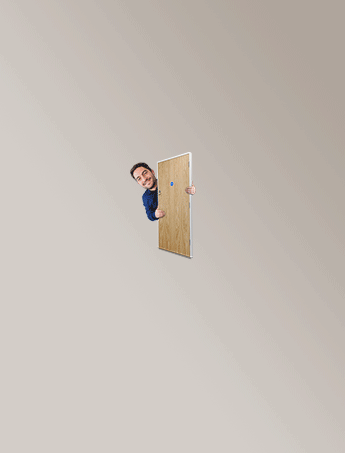Integrating natural light into living and working spaces can transform the atmosphere, fostering a sense of openness and vitality. Glass elements like rooflights and balustrades offer innovative solutions to harness daylight, making interiors brighter and more inviting. This guide explores practical ways to enhance natural illumination using glass features.
Incorporating natural light into your environment significantly impacts both ambiance and well-being. Sunlight elevates mood, enhances productivity, and improves sleep patterns. By strategically using glass elements, such as glass rooflights, you can maximize these benefits while also adding a modern design element. Glass rooflights play a crucial role by allowing daylight to penetrate deeper into interior spaces.
Benefits of using glass for natural light
Utilizing glass in architectural designs offers numerous advantages, particularly concerning the influx of daylight. Glass rooflights, for instance, allow sunlight to flood a room, reducing the need for artificial lighting during the day. This can lead to energy savings over time as reliance on electric lighting diminishes. Furthermore, the aesthetic value added by glass components provides a sleek, contemporary look that complements various design styles.
Glass balustrades are another effective feature for maximizing daylight penetration. Unlike traditional solid barriers, these transparent structures permit light to travel freely between different levels or rooms. This creates a seamless connection between spaces while maintaining an open and airy feel. By choosing glass over conventional materials, you can enhance both the functionality and beauty of your interior environment.
Beyond their visual appeal, glass features contribute to a healthier indoor climate. Exposure to natural light is linked to better psychological health and increased vitamin D levels, essential for overall wellness. By integrating glass elements thoughtfully, you create spaces that are visually appealing and beneficial for occupants’ health.
Design considerations for energy efficiency
When integrating glass features into your design, it is crucial to consider both energy efficiency and aesthetic appeal. High-performance glazing options offer superior insulation properties while maintaining clarity and transparency. These advanced technologies help manage heat gain and loss, ensuring comfort across different seasons without compromising on light quality.
Orientation and placement are key factors in maximizing the benefits of glass installations. By positioning rooflights strategically, you can capture optimal sunlight angles throughout the day while minimizing glare or overheating issues. Additionally, incorporating shading devices or films can enhance comfort by controlling the intensity of incoming light.
Aesthetically, the choice of frame materials and finishes for glass installations can complement or contrast with existing design elements. Consider options like anodized aluminium or timber frames that align with your overall interior theme while ensuring durability and strength.
Practical tips for selection and installation
Selecting the right type of glass is crucial for achieving desired light levels without compromising safety or durability. Tempered or laminated glass options are ideal for areas prone to impact or stress as they offer enhanced strength and safety features. Consulting with professionals during the planning phase can help identify specific needs based on location and intended use.
Proper installation is essential to maximize the efficiency and longevity of glass features. Ensure that all fittings are secure and weatherproof to prevent leaks or drafts. Regular maintenance checks will help maintain clarity and performance over time, preserving both aesthetic appeal and functionality.
Finally, consider how these installations integrate with other smart home technologies like automated blinds or climate control systems. Such integrations can optimize energy usage further while providing convenience and flexibility in managing indoor environments.





